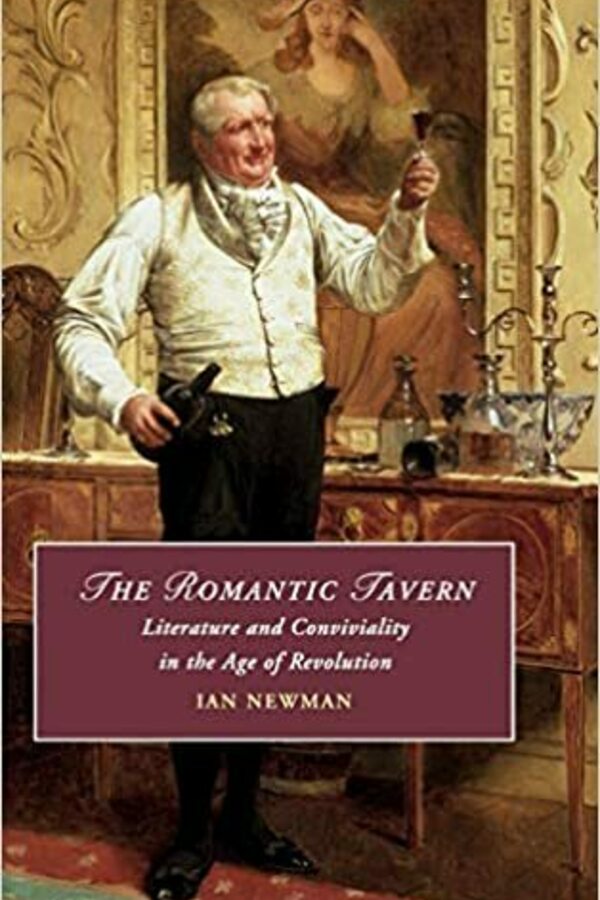Ian Newman
Director of Graduate Studies
Associate Professor
Faculty Fellow at the Keough-Naughton Institute for Irish Studies, Faculty Fellow Nanovic Institute for European Studies

- Office
- 212 Decio Faculty Hall
Notre Dame, IN 46556-5627 - Phone
- +1 574-631-7092
- inewman@nd.edu
Areas of study
- British - 18th and 19th
- Irish
Education
Ph.D. University of California Los Angeles
M.A. University of California Los Angeles
M.A. Selwyn College, University of Cambridge
B.A. Selwyn College, University of Cambridge
Research and teaching interests
18th- and 19th-century British and Irish Literature, Sociability, Radicalism, Song and Ballads, History of London, Theatre History
Biography
Ian Newman works on literature, theater, song, politics, aesthetics, and urban space across the eighteenth and nineteenth century in Britain and Ireland. He is the author of the book "The Romantic Tavern: Literature and Conviviality in the Age of Revolution". He is also the co-editor, with Oskar Cox Jensen and David Kennerley of "Charles Dibdin & Late Georgian Culture," a collection of essays examining the varied career and legacy of the theater impresario, popular song writer, and author Charles Dibdin. He is the guest editor of a special issue of Studies In Romanticism on "Song and the City" (Winter 2019), and is co-editor with David O'Shaughnessy of "Charles Macklin and the Theatres of London". He is a board member of the Nineteenth-century Song Club. He is the author of an online project tracing the meeting places of the London Corresponding Society, and a founding editor of the Keats Letters Project. His most recent online project is the Francis Place Ballad Project, which examines songs "heard about the streets of London" in the 1780s.
He has been a visiting scholar in the music department at King’s College London for the project “Music in London 1800-1851,” and a resident associate at the National Humanities Center. His recent research focuses on the relationship between popular song, theatre song, and ballads, and their transmission and circulation across the eighteenth- and nineteenth-centuries.
Representative publications
- Charles Macklin and the Theatres of London ed. Ian Newman and David O'Shaughnessy (Liverpool University Press, 2022).
- The Romantic Tavern: Literature and Conviviality in the Age of Revolution (Cambridge University Press, 2019).
- “Metropolitan Songs and Songsters: Ephemerality in the World City” co-authored with Gillian Russell Studies in Romanticism 58.4 (Winter 2019): 429-449.
- Charles Dibdin and Late Georgian Culture ed. Oskar Cox Jensen, David Kennerley, and Ian Newman, (Oxford: Oxford University Press, 2018)
- “Civilizing Taste: ‘Sandman Joe,’ the Bawdy Ballad and Metropolitan Improvement,” Eighteenth-Century Studies, 48.4 (Summer 2015): 437-456.


